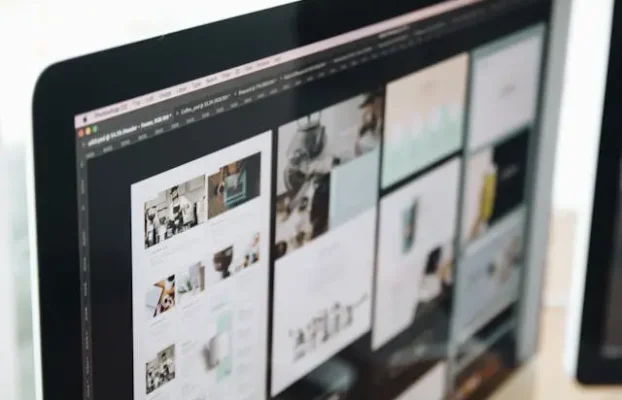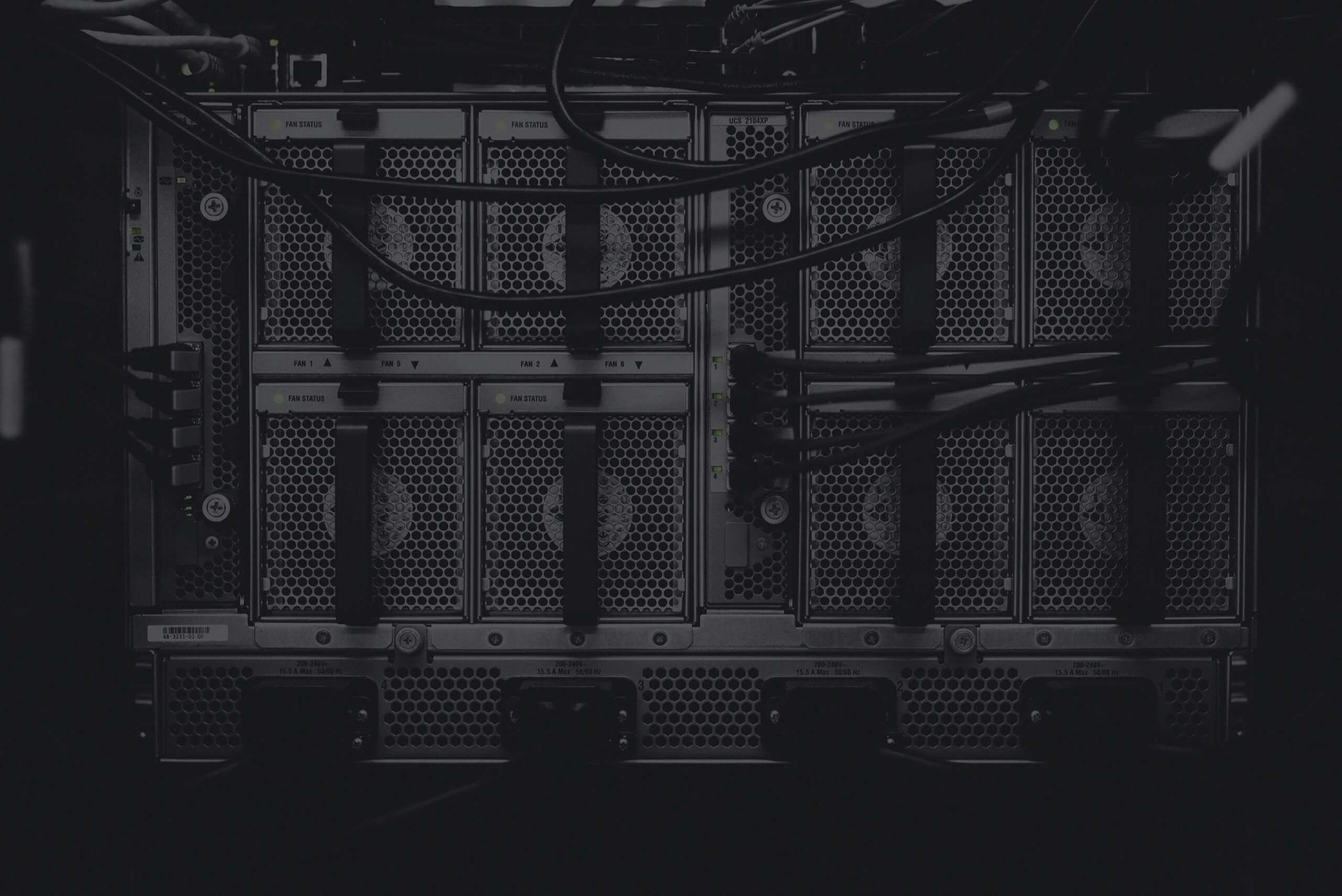In today’s digital age, technological innovation plays a crucial role in every aspect of our lives, from how we interact with others to how we conduct business. Web development, in particular, has evolved significantly thanks to technological advances.
We will explore how technological innovation and web development are intrinsically linked, and how companies can leverage these trends to improve their online presence, automate processes and attract customers.
What is Technological Innovation in Web Development?
It is any implementation of new technologies or the significant improvement of existing ones to create more efficient and effective products, services or processes. In the context of web development, this can include everything from new programming tools and development platforms to advances in artificial intelligence and machine learning that enable the creation of more personalized user experiences.
The Impact of Innovation on Web Page Design and Functionality
Technology has radically transformed the design and functionality of web pages. Innovations in CSS, HTML5 and JavaScript have enabled more dynamic and interactive designs. In addition, backend technologies such as Node.js and frameworks such as React and Angular have improved the ability of web pages to handle large volumes of data and provide more fluid and responsive experiences.

Innovative Web Design
New technologies have enabled web designers to create more immersive and dynamic experiences. Advanced web design tools, such as Miro, Figma and Sketch, enable smoother and more efficient collaboration between designers and developers.
Current Trends in Web Design
Web design is constantly evolving, and keeping up with current innovative trends is crucial to creating attractive and functional sites. Some of the most popular trends include:
Minimalism and Clean Design
Minimalism continues to be a strong trend in web design. Minimalist websites eliminate unnecessary elements, focusing on simplicity and functionality. This type of design is not only visually appealing, but also improves loading speed and user experience.
Animations and Microinteractions
Animations and microinteractions are small animations that occur when a user interacts with a website. These can include scrolling effects, color changes when hovering over a button, and other subtle interactions that enhance the user experience by making it more intuitive and engaging.
Asymmetric Designs and Floating Elements
Asymmetrical designs and floating elements create a sense of dynamism and creativity. By breaking away from the traditional grid structure, these layouts can make a website stand out and offer a more immersive experience.
Augmented Reality (AR) and Virtual Reality (VR)
The integration of AR and VR into websites is beginning to change the way users interact with online content. These technologies enable interactive and immersive experiences that were previously impossible, such as 3D product visualization or virtual tours.
Integrating WordPress into Web Design
WordPress remains one of the most popular platforms for web design, thanks to its flexibility and ease of use. With awide variety of themes and plugins available, WordPress allows designers to create highly customized and functional websites without the need for in-depth coding knowledge.
- Custom Themes: WordPress themes allow you to tailor the website design to your brand’s specific needs.
- Design Plugins: Tools such as Elementor and WPBakery make it easy to create complex designs using visual editors.
- SEO and Performance: Plugins such as Yoast SEO and W3 Total Cache help optimize the website for search engines and improve its performance.
Responsive and Mobile First Design
With the increased use of mobile devices for web browsing, it is crucial that websites look and function well on all screens. Tools such as CSS Grid and Flexbox make it easy to create flexible and adaptable layouts.
User Experience (UX) in Web Design
By having the latest innovative technological tools, it allows for a good UX which is crucial to retain visitors and convert them into customers. Factors such as ease of navigation, loading speed, and accessibility play an important role in UX. A website with a well-designed UX not only improves user satisfaction, but can also increase time spent on the page. and conversion rates.
Advanced technologies are transforming UX in web development. Some of the most influential technologies include:
- Artificial Intelligence (AI): Allows personalization of content and recommendations based on user behavior.
- Augmented Reality (AR): Provides interactive and enriched experiences.
- Chatbots and Virtual Assistants: They offer real-time support, improving customer service.
- Progressive Web Apps (PWAs): Combines the best of web and mobile applications, delivering a fast and reliable experience even on low-quality connections.
We accompany you in the innovation of your Web Site.
As we move forward, it is critical that companies embrace these technological innovations and keep up with emerging trends to remain competitive. We support you in the preparation for the future of the web development to ensure a more effective online presence, with a superior user experience, consolidating the relationship between your brand, your services and your customers.
Let’s get intouch at , we are passionate about technological innovation.
Source: WebFX, HubSpot, TechRadar , WPBeginner, Silcon Expertise




